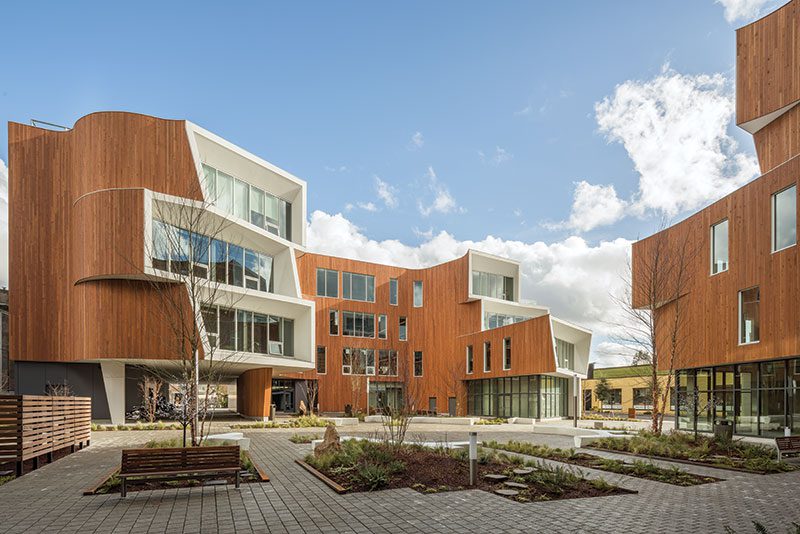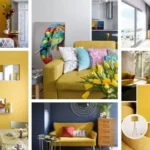An Overview of Structural & Aesthetic Design of Buildings
A building’s design is comprised of two essential elements: structural design and aesthetic design. Although structural design focuses on the building’s safety, stability, and functioning, aesthetic design is concerned with the building’s visual appeal and beauty. Below is a summary of structural and aesthetic building design:
Structural Design: Structural design is the process of designing and ensuring the safety and stability of a building’s structure. This comprises the selection of suitable materials, construction methods, and engineering principles to design a structure that can endure the forces it will be exposed to, such as gravity, wind, and earthquakes. In addition, structural design includes ensuring that the structure complies with all applicable building laws and regulations. The basic objective of structural design is to assure the building’s safety and operation while minimising expenses and maximising productivity.
Aesthetic Design: Aesthetic design is concerned with the building’s visual appeal and attractiveness. This covers features such as the building’s shape, scale, and colour, as well as its exterior and interior design. Aesthetic design can have a significant impact on how people perceive a building, as well as its usefulness. A building with an attractive entryway, for instance, may be more appealing to visitors and tenants. A building’s worth can also be affected by its aesthetic design, which can increase its desirability to potential purchasers or renters.
The relationship between structural and aesthetic design is intimate, as both influence the overall design of the structure. For a structure to be safe, useful, and aesthetically pleasing, aesthetic design considerations must be harmonised with structural design criteria. This may necessitate making trade-offs between various design components in order to achieve a unified, aesthetically pleasing design that satisfies all structural criteria. For instance, a structure with a distinctive, aesthetically pleasing shape may require additional engineering considerations to ensure its stability and safety.
The design of a building includes both structural and aesthetic design elements. These two elements must be balanced to create a structure that is both secure and aesthetically pleasing. By considering both structural and aesthetic design features, architects may construct buildings that are not only useful but also aesthetically pleasing and inviting.
Disclaimer: This content is provided solely for your review. Erusu Consultants takes no liability for this article. The reader is advised to form their own opinion. Please consult a structural engineer before making any final decisions.






